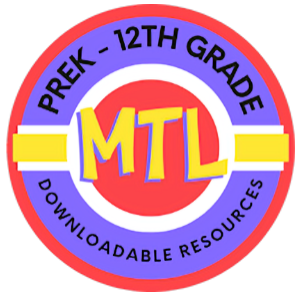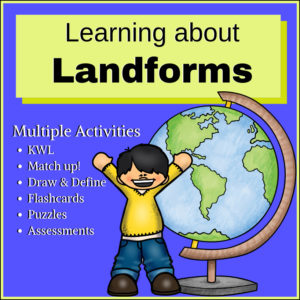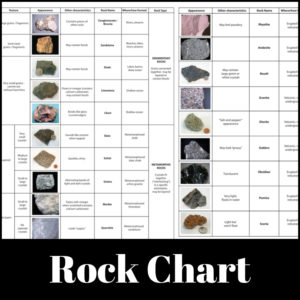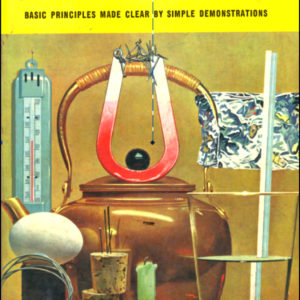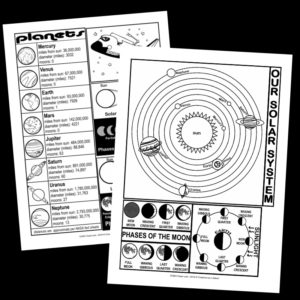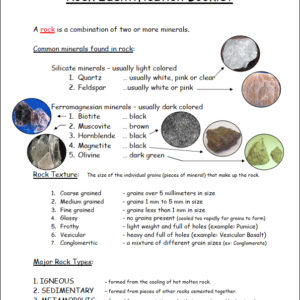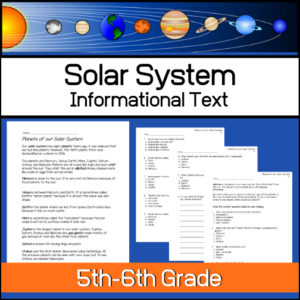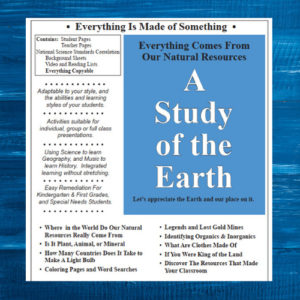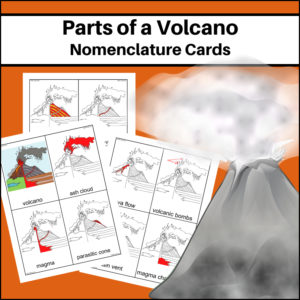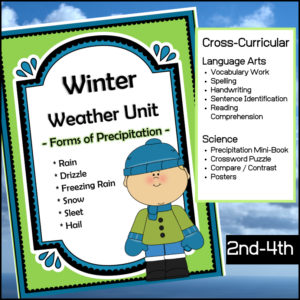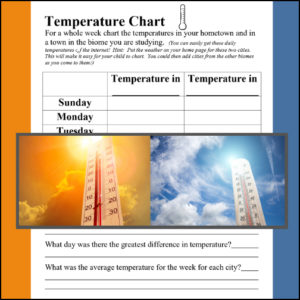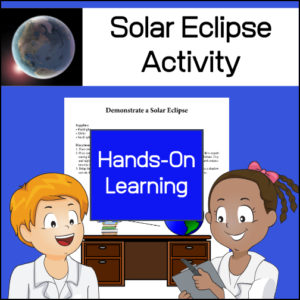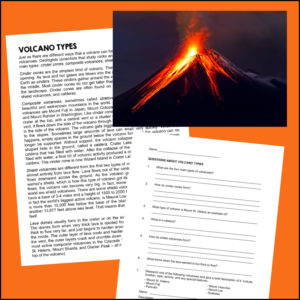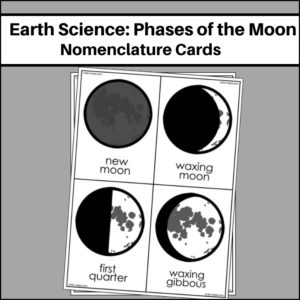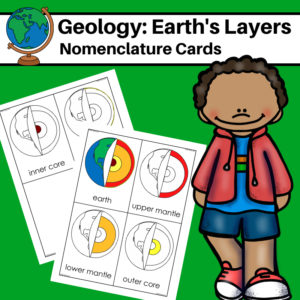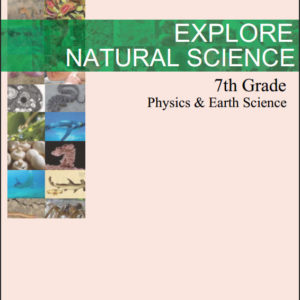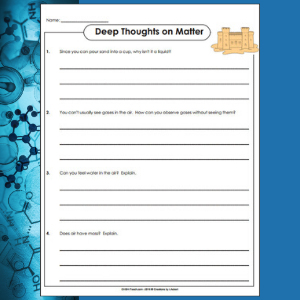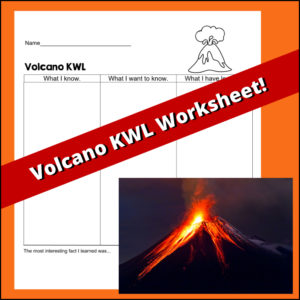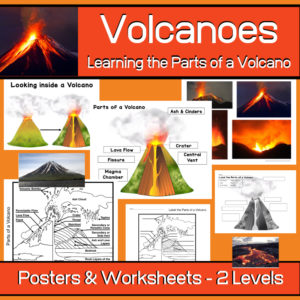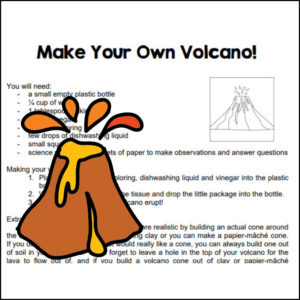Showing 21–40 of 46 results
-
$2.50Buy Now
Experiments in this book involve Magnets, Air, Electricity,Water, Sound, Sight, Machines, Heat, Chemistry and Plants.The many illustrations are self-explanatory– a great book for budding scientists and teachers.
-
$2.50Buy Now
This 5 page booklet will guide students through common minerals which are found in rock, rock textures and the major rock types: igneous, sedimentary and metamorphic.
-
$1.75Buy Now
Help students develop their reading comprehension skills as they gain knowledge about the planets within our solar system with this informational article and assessment questions. This has been written for 5th-6th grade classrooms. The assessment includes 11 multiple choice questions, 1 opinion, short answer question and asks students to draw the planets in relation to the sun. Answer Key provided.
Flesch-Kincaid Grade Level: 6.5
Grade level: Sixth Grade
Automated Readability Index: 5.5
Grade level: 8-9 yrs. old (Fifth graders) -
FREEBuy Now
This free curriculum resource is from the Minerals Education Coalition.
-
$2.00Buy Now
Parts of a Volcano – Nomenclature Cards – This resource will help students learn and study the various parts of a volcano: ash cloud, magma, parasitic cone, lava & ash layers, side vent, crater, pyroclastic flow, lava flow, volcanic bombs, main vent, and magma chamber.
-
$4.00Buy Now
Your students will enjoy this cross-curricular resource, Winter Weather Unit – Forms of Precipitation, as they learn about about the different forms of precipitation and related vocabulary! Students will be engaged in vocabulary work, spelling, handwriting, sentence identification, comparing / contrasting and more.
-
$1.00Buy Now
Students learn best through hands-on learning. This solar eclipse activity has been designed to help students visualize a solar eclipse through using common objects to actually demonstrate one!
-
$1.00Buy Now
Here is a one page informational article to help students (6th-9th grades) learn about the various types of volcanoes and characteristics of each. After reading the text, student will answer questions to assess their comprehension.
-
$2.00Buy Now
This resource will help students learn the 8 phases of the moon: new moon, waxing moon, first quarter, waxing gibbous, full moon, waning gibbous, last quarter and waning crescent.
-
$1.50Buy Now
This resource, Earth’s Layers – Nomenclature Cards, will help your students learn the names of the layers of the Earth: upper mantle, lower mantle, outer core, inner core, and crust.
I’ve also included a set of blank cards for students to use and label themselves!
-
$9.99Buy Now
250 pages – Major categories:
Energy & Change: Potential & Kinetic Energy, Energy Transfer, Conservation of Energy, Relationship between the Sun & Earth + the Moon and the Earth. History of Astronomy -
$0.50Buy Now
Taking what they already know about ‘matter’, this one page worksheet will require students to ‘think deeply’ (using critical thinking skills) to answer questions. Answer key also included.
-
$0.50Buy Now
Here is a worksheet for students to use when the are learning about volcanoes! KWL worksheets are to be used at the beginning and end of any study.
K – What I know (Students list everything they already know – prior knowledge)
W – What I want to learn (Students begin thinking about what they don’t know and what they want to investigate about the given topic…i.e. volcanoes!)
L – What I’ve learned (After the study is complete, students will complete this section giving details about what ‘new’ things they have learned)
There is also a section for students to reveal what the most ‘interesting’ fact was that they learned. Your students will love the reflection and enjoy sharing their answers.
-
$9.99Buy Now
307 pages – Major categories:
Energy & Change: Static Electricity, Electrical Systems, Series & Parallel Circuits, Visible Light, Solar System and Beyond, Looking into Space -
$3.00Buy Now
Help students master their knowledge of the parts of a volcano with these posters, handouts and worksheets! This resource provides 2 levels of learning plus worksheets come with and without terms. (Landforms, Earth Science, Geology)
-
$0.50Buy Now
Fun, Science activity to make your very own volcano out of things you have around the house!
